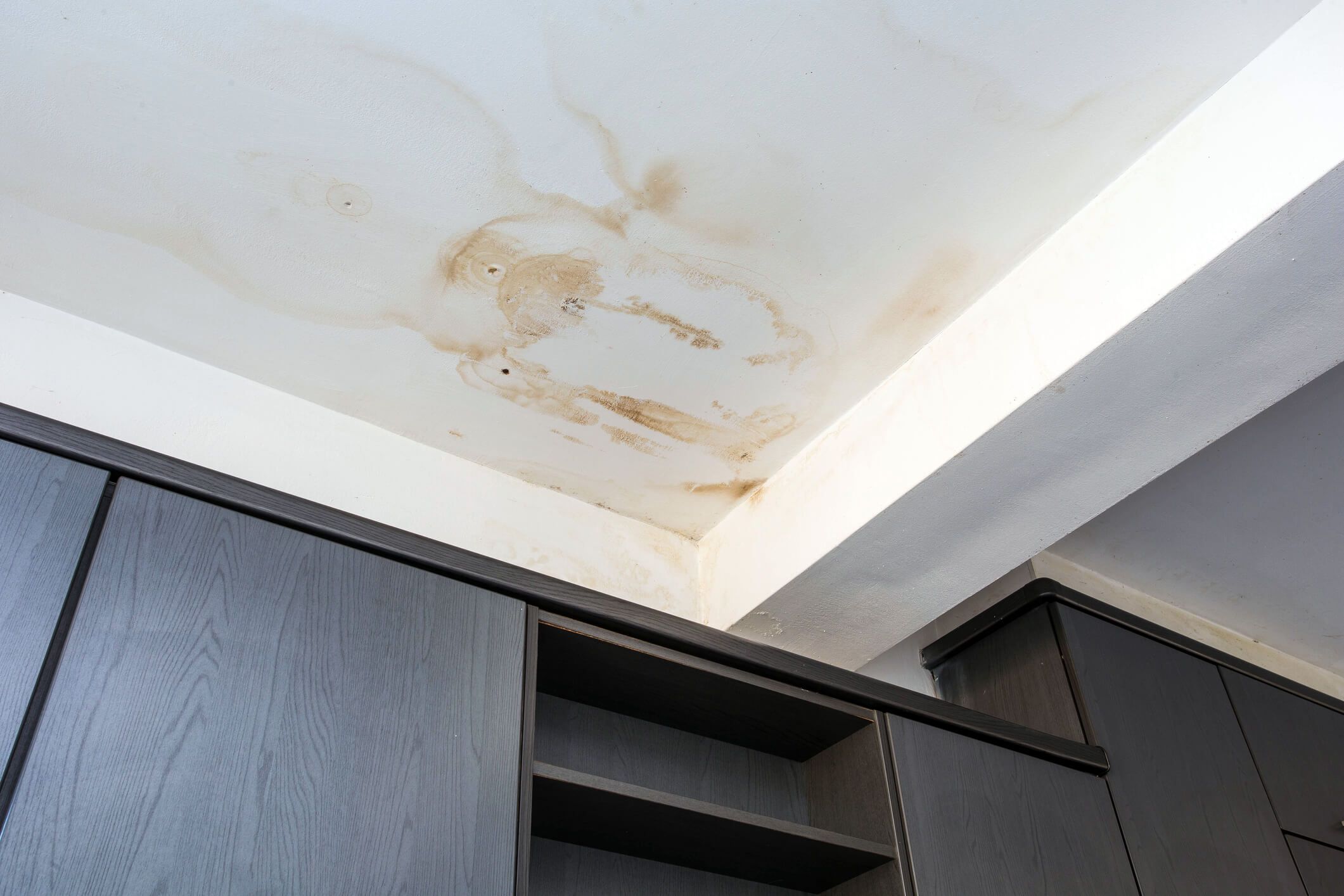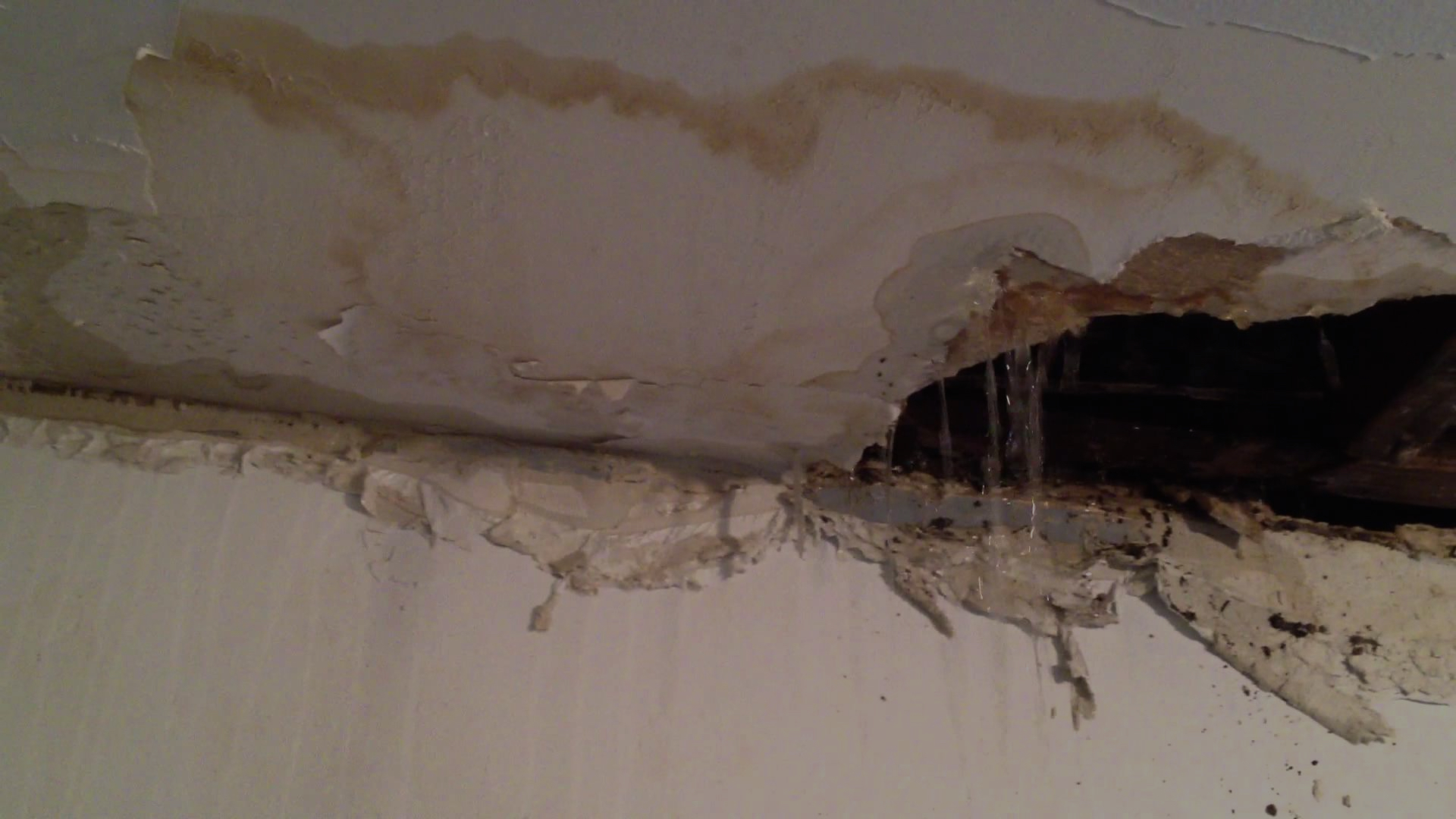Identifying the Source of the Leak: Bathroom Leaking Through Ceiling

You’ve tackled the immediate issue of the leak, but now it’s time to pinpoint the culprit. Knowing the source is crucial for preventing future damage and ensuring a lasting solution.
Common Causes of Bathroom Leaks
Leaks in bathrooms can originate from various sources, each with its own telltale signs. Understanding these sources is essential for effective troubleshooting.
- Plumbing Fixtures: Faulty faucets, showerheads, or toilets are common culprits. These fixtures can develop leaks due to worn-out seals, cracked components, or improper installation.
- Pipes: Leaks in pipes can occur due to corrosion, cracks, or loose connections. These leaks are often hidden behind walls or under floors, making them harder to detect.
- Roof Leaks: In some cases, leaks in the roof can travel down through the ceiling and manifest in the bathroom. This is especially true if the bathroom is located directly below the roof.
Visual Inspection for Signs of Leaks
Before diving into more advanced techniques, a thorough visual inspection can reveal a lot about the leak’s source.
- Water Stains: Look for discolored areas on the ceiling, walls, or around plumbing fixtures. These stains indicate past or ongoing leaks.
- Dripping: Listen for dripping sounds coming from pipes, fixtures, or the ceiling. This can be a clear sign of an active leak.
- Condensation: Excessive condensation on bathroom surfaces, particularly around windows or mirrors, can also suggest a leak. While condensation is normal in humid environments, excessive amounts can point to a water source.
Using a Moisture Meter
For a more precise diagnosis, a moisture meter is an invaluable tool. These devices measure the moisture content of building materials, helping you pinpoint the exact location of the leak.
- Choose the Right Meter: There are different types of moisture meters available. For bathroom leaks, a pin-type meter is usually suitable, as it can penetrate surfaces to measure moisture levels.
- Calibrate the Meter: Before using the meter, calibrate it according to the manufacturer’s instructions. This ensures accurate readings.
- Test Suspect Areas: Carefully test the ceiling, walls, and around plumbing fixtures. Note the moisture readings on each area. Higher readings indicate areas with more moisture, suggesting the leak source.
- Compare Readings: Compare the moisture readings from different areas to determine the location with the highest moisture content. This is likely where the leak is originating.
Repairing the Leak and Ceiling

Once you’ve identified the source of the leak, it’s time to tackle the repair. This involves fixing the leak itself and restoring the damaged ceiling.
Repairing the Leak, Bathroom leaking through ceiling
Repairing the leak is the first step in addressing the problem. This involves addressing the root cause of the leak, whether it’s a faulty plumbing fixture, leaking pipes, or a damaged roof.
- Faulty Plumbing Fixtures: If the leak is originating from a faulty faucet, showerhead, or toilet, replacing the fixture is often the best solution. This involves turning off the water supply to the fixture, disconnecting the old fixture, and installing the new one.
- Leaking Pipes: Leaking pipes can be repaired by sealing them with epoxy or by replacing the damaged section of pipe. For small leaks, epoxy can be applied to the affected area. For larger leaks or if the pipe is corroded, replacing the section is necessary.
- Roof Leaks: Roof leaks can be repaired by patching the damaged area with roofing material. This involves cleaning the damaged area, applying a sealant, and then patching the hole with roofing material.
Repairing the Damaged Ceiling
After addressing the leak, the next step is to repair the damaged ceiling. This involves removing the damaged section, replacing it with new drywall or plaster, and then finishing the surface.
- Remove the Damaged Section: Using a utility knife, carefully cut away the damaged section of drywall or plaster. This will create a clean opening for the new material.
- Install New Drywall or Plaster: Cut a new piece of drywall or plaster to fit the opening. Secure the new material to the ceiling joists using screws or nails.
- Apply Joint Compound: Apply joint compound to the seams and edges of the new material to create a smooth, seamless finish. Allow the compound to dry completely before sanding.
- Sand the Surface: Once the compound is dry, sand the surface smooth to remove any imperfections.
Painting or Refinishing the Ceiling
The final step is to paint or refinish the repaired ceiling to match the existing decor. This involves cleaning the surface, applying primer, and then painting or refinishing the ceiling.
- Clean the Surface: Before painting or refinishing, clean the ceiling surface to remove dust, dirt, and debris. This will ensure that the paint or finish adheres properly.
- Apply Primer: Apply a coat of primer to the repaired area to create a smooth, even surface for the paint or finish. This will also help to prevent the paint from absorbing into the drywall or plaster.
- Paint or Refinish: Once the primer is dry, apply the desired paint or finish. Use a roller to apply the paint evenly. Apply multiple coats to achieve the desired coverage.
